Early adopters are already adopting blockchain solutions in HR. These use cases give a taste of what’s to come for human resource professionals.
By 2030, Gartner expects that blockchain would produce $3.1 trillion in market value. A portion of these returns will be generated by value creation and productivity improvements in existing operating models and business processes. The actual value will come from the way it facilitates a paradigm shift in how economies, companies, consumers, partners, and individuals communicate, build, and exchange value.
In its simplest form, blockchain enables the exchange of value between members of a network who may or may not know one another in digital environments. In essence, blockchain technology establishes trust in untrustworthy settings, obviating the need for a centralized trusted authority.
Five distinguishing features of blockchain
You do not need to be an IT expert or dive into excessive technical depth to grasp blockchain’s fundamental concepts, yet recognizing the fundamentals is the first move toward comprehending blockchain’s ability to transform critical human resource functions.
By integrating five specific elements, blockchain facilitates trustworthy interactions between unknown participants by authenticating users, validating transactions, and recording the information to a digital ledger in a way that cannot be corrupted or altered after the fact.
Even today’s capabilities are not completely capable of supporting the efficiency and scale needed in a blockchain environment.
Although early-stage “blockchain-inspired” experiments may not include all five elements, they are all essential for a valid blockchain:
- Distribution: Participants in a blockchain are connected through a distributed network and control “nodes” — computers that run a program that enforces the blockchain’s business rules. Additionally, nodes retain a complete copy of the ledger, which changes autonomously as new transactions occur.
- Cryptography: It semi-anonymously stores data (participants have pseudonyms). Participants retain the autonomy of their personal identification and other details, sharing only the information necessary to complete a transaction.
- Immutability: Completed transactions are cryptographically signed, timestamped, and successively applied to the ledger. Changes to records are not permitted until all parties agree on the necessity of doing so.
- Tokenization: Tokens are used to exchange value and represent a wide range of asset types, including “money,” data units, or a user’s identity. Tokenization (the development of tokens) is the mechanism by which a blockchain represents and facilitates the exchange of a “native value” (“currency”).
- Decentralization: No one entity has a plurality of nodes or the ability to impose rules. A consensus process verifies and accepts transactions, removing the network’s need to be governed by a central intermediary.
Blockchains are enabled by existing and emerging technologies
While various existing and emerging technologies facilitate these blockchain characteristics, such as encryption and peer-to-peer networking, today’s systems are not completely capable of supporting the performance and scale needed in a blockchain environment.
Several vital capabilities are already in place:
- Decentralized applications (DApps): Applications that store their data, instructions, and logs of operation cryptographically in a distributed ledger technology.
- Terms and conditions distribution (T&C): Automated trust mechanisms for inter-organizational and inter-individual interactions and transactions
- Smart Contracts: Programs or protocols that help facilitate, verify, and execute business processes.
- Smart Assets: They are digital representations of physical assets that exhibit programmatic behavior.
However, in order for blockchains to fundamentally alter current operating models and business processes and to usher in new commercial, social, and other governance paradigms, companies will need to repurpose existing technology capabilities and learn new skills.
What it all means for human resources
If your eyes have already glazed, consider what these components and capabilities might potentially mean for how companies interact with talent in the real world.
Consider the next large-scale strategic project the company launches — with a blockchain securely linking all companies, vendors, employees, events, and communications: delegated in-house expertise, contractors and third-party suppliers, cross-functional communications, authorizations, pilots, stage-gate evaluations, and budget approvals, among others.
Without the use of phone calls, emails, or piles of paper, the right talent can be approved and brought in at each relevant stage of the process. With access to the information and resources, they need granting only for the duration of their use, with activities flowing automatically and transparently down the chain.
Most promising applications in human resources
As previously stated, blockchain experiments to date have incorporated only a subset of the technology’s distinguishing characteristics — and thus capture only a subset of its potential value. These early HR use cases, however, provide a look into the blockchain-based future of human resources:
- Applicant’s background and job experience: Permissioned applicants can obtain virtual credentials (tokenizing their identity) in a distributed blockchain network and provide an immutable record of their work history. Employers who use this blockchain feature remove the risk of fraudulent applications.
- Security and access to employee data: Employers have access to a wealth of personal knowledge about their staff. Data can be encrypted and immutably stored on a blockchain — this is critical for private records of medical conditions or performance history, for example. However, these records can be exchanged in tokenized form with participants who have been granted validated permission when necessary.
- Smart contracts designed for temporary workers: A smart contract establishes irreversible and enforceable rights and responsibilities for both parties. Immutable contracts in human resources, for example, will automatically release compensation from escrow as employees complete assigned assignments, thus smoothing workers’ wages and businesses’ cash flow.
- Regulations and enforcement: Employees may exercise their “right to be forgotten” under statutes such as the European Union’s General Data Protection Regulation (GDPR) simply by removing the encryption key and rendering the personally identifiable information unrecoverable. If more rigorous regulation becomes available, human resource professionals may use blockchain to ensure workers retain the power of their own data.
- Compensation and rewards: Transactions encrypted and stored on the blockchain as immutable data are more secure, allowing for more effective auditing and enforcement reporting. Payees can no longer rely on intermediaries to process payments, such as banks. Similarly, banks will lose control of money flows to the degree that they currently have the power to manipulate transaction values by exchanging — and thereby varying the value of — fiat (government-issued) currencies.
Payroll management is, by far, the most reasonable use of blockchain in human resources.
Access to external talent directly
There are already blockchain solutions in place to allow real-time payments to contingent staff, such as those in the gig economy. There is no need for payroll aggregators, banks, or fiat currencies. However, those are not the only advantages for HR and workers; these advances have the potential to increase access to talent.
Payroll administration is now the most reasonable use case for blockchain in human resources. On the blockchain, primary transactions are encrypted and permanently stored as immutable data. Payroll data is hash-protected and utilizes vendor key management, which stores the information necessary to produce a key rather than the key itself (therefore, no single part can be used to retrieve a key). However, this new payment solution enables the employment (and payment) of employees in remote areas or countries with inadequate payment infrastructure or volatile fiat currencies.
Payments on a blockchain would occur in real-time and, if chosen, through a globally recognized cryptocurrency, which would appeal to talent markets that were historically unavailable due to their geographic distance or inability to verify their identity and experience.
Employers can also gain access to the unbanked population of two billion people. Gig economy employees may collect compensation directly from employers rather than via third parties (e.g., banks, freelance management services). Employers can maintain an unalterable token of payment records for auditing and enforcement purposes.
A blockchain action plan for Chief Human Resources Officers
HR leaders should take immediate, mid-term, and long-term steps to position the HR role to track and optimize blockchain’s evolution. Consider the following factors when you build your strategy:
Arrangements
Consult with stakeholders from your function and IT to evaluate the potential for blockchain to change the way you work, evaluating its application to current and future functional and enterprise business models. Consider areas where blockchain can help you improve or enhance your practical value proposition in a specific way. Determine a practical approach to blockchain adoption based on the strategic or tactical importance of crucial functional processes.
Possibilities
With businesses beginning to explore and invest in blockchain technology, the demand for workers competent and skilled in the enabling technology components and skills has been elevated. However, there is a shortage of qualified personnel who understand blockchain technology and its potential business applications. Establish foundations as soon as possible and begin partnering with external talent or upskilling internal talent immediately.
Experiments
Conduct calculated research and development/innovation projects with the primary goal of finding practical use cases and gaining knowledge on how to help blockchain. Participate in risk management meetings with risk managers and chief financial officers to create a blockchain SWOT analysis for your business, industry, or government agency. Learn from peers and pilot projects in finance and supply chain, which are undergoing various early trials. Consider expanding the use of digital wallets to allow workers to receive a portion of their paycheck in the form of digital assets — a necessary precursor to using blockchain capabilities.
Conclusion
There are various applications for blockchain technology in HR, which can disrupt recruiting, accounting, taxes, benefits management, and data storage, to name a few. Despite current cost and scalability constraints, the argument for blockchain HR is compelling.
Promoting accountability and confidence in business processes are two of HR professionals’ top priorities as they manage human resources in a dynamic recruiting environment. Although blockchain technology’s technological performance and its ability to encrypt data and provide pinpoint precision are unquestionable, blockchain’s ultimate success will be determined by its ability to instill confidence and accountability into an organization’s operations.
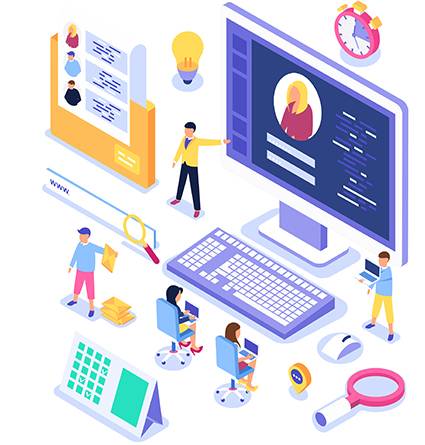
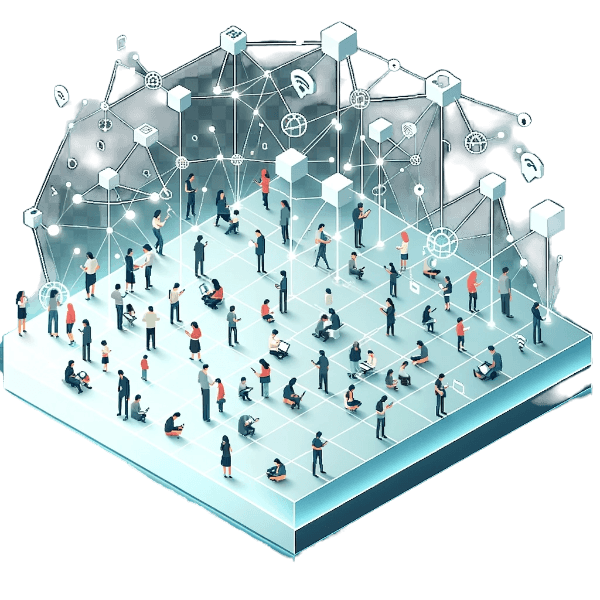
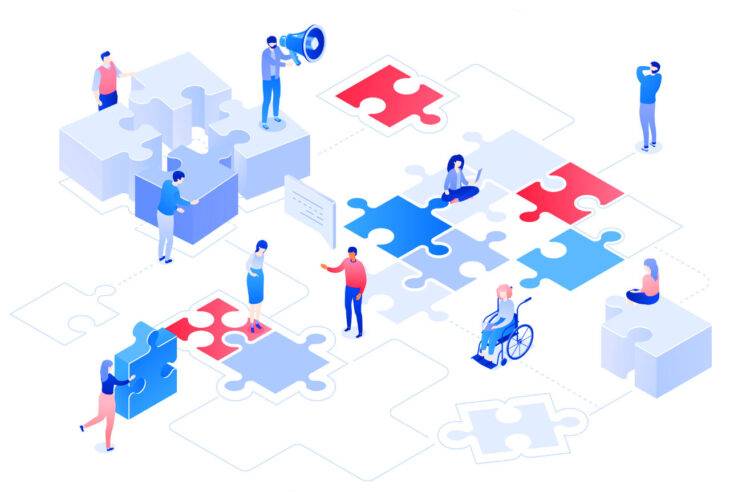


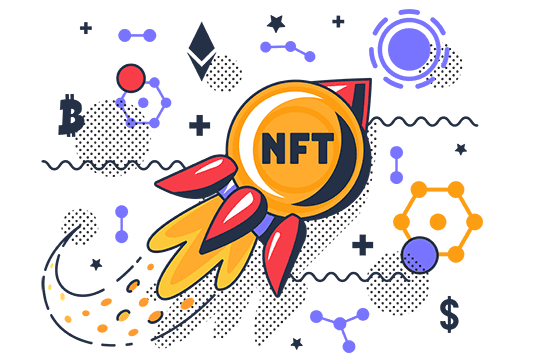
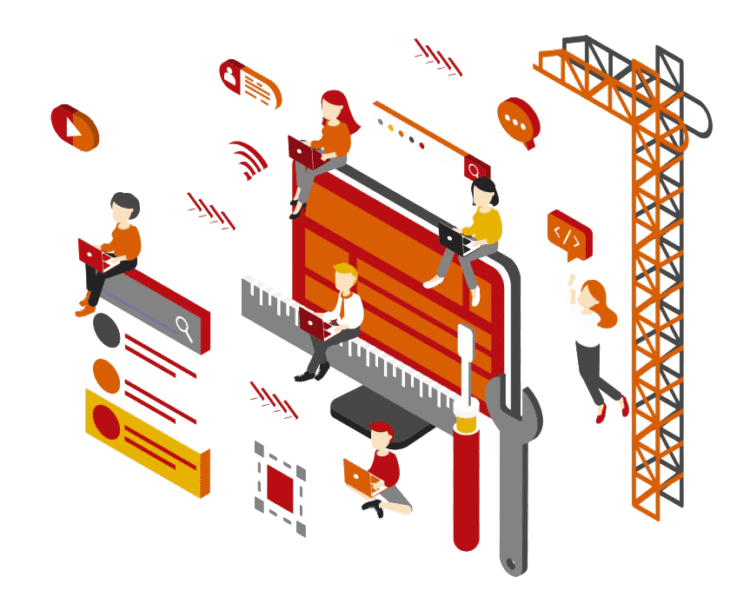
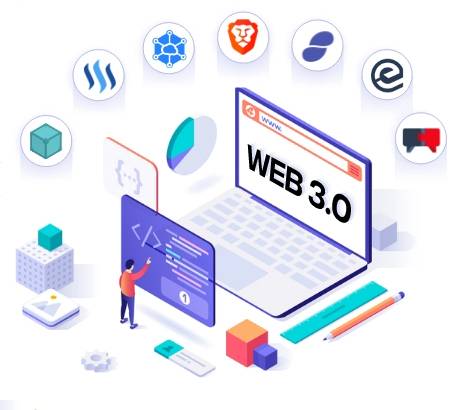
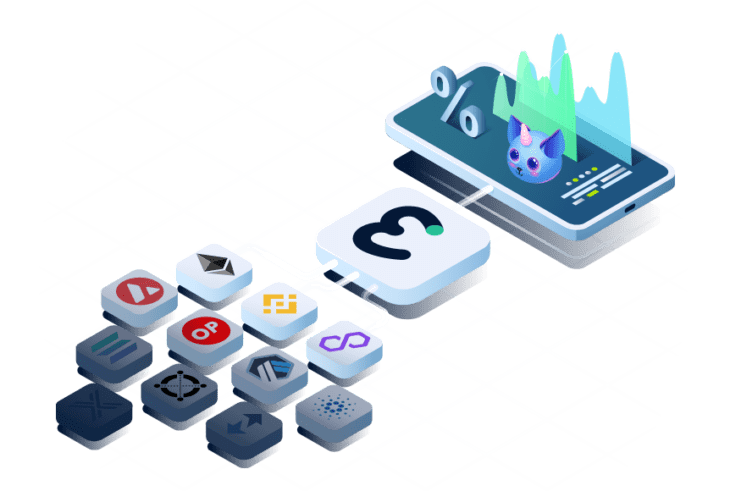


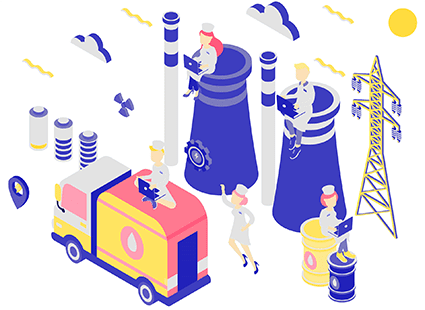

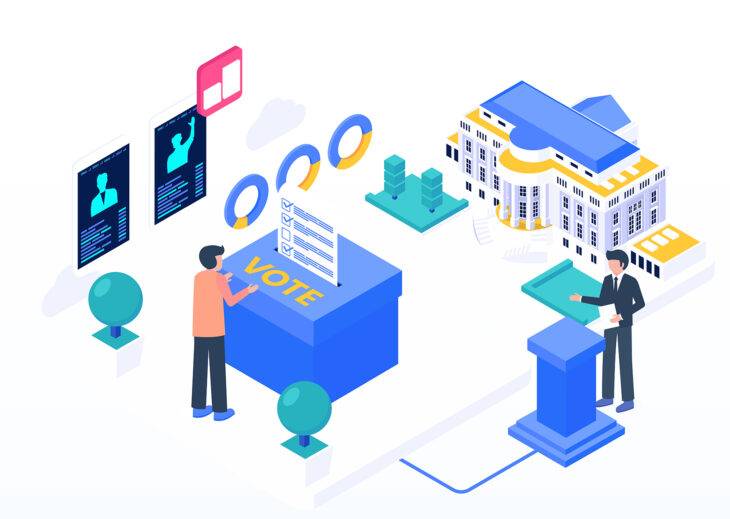


[…] Link to part 1 […]